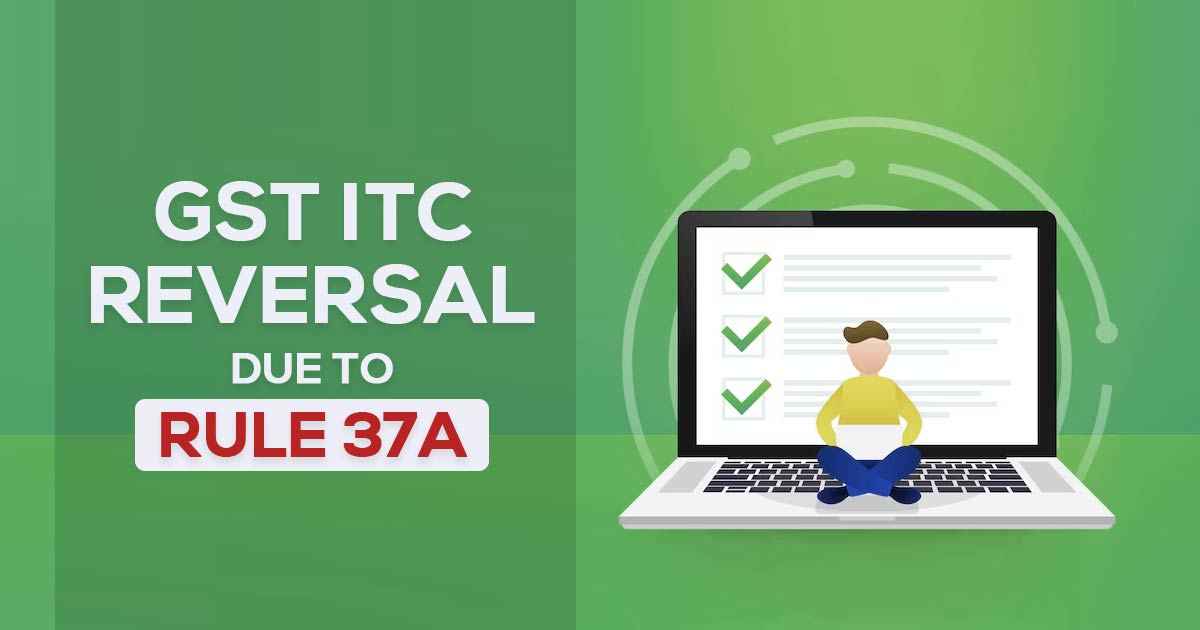
The concept of Input Tax Credit (ITC) is ensuring seamless taxation and preventing cascading effects. However, with the implementation of GST, the process of availing and utilizing ITC has presented challenges for taxpayers, particularly concerning the reversal and re-availment of credits under Rule 37A of the CGST Act, 2017.
Introduction to Rule 37A
Rule 37A was introduced through notification no. 26/2022-Central Tax, dated 26th December 2022, aiming to address instances where taxpayers face discrepancies in availing ITC due to non-payment of taxes by the supplier. The applicability of Rule 37A hinges upon specific circumstances involving the availing and reporting of ITC by the recipient and the supplier’s compliance with filing returns.
Applicability Criteria
The rule applies when:
- The recipient avails ITC on an invoice or debit note via Form GSTR-3B.
- The supplier reports the details of the invoice or debit note through Form GSTR-1 or Invoice Furnishing Facility (IFF).
- The supplier fails to furnish the GSTR-3B return covering the respective invoice or debit note by the specified deadline.
Understanding the Process
- Recipient’s Responsibility: Upon meeting the criteria, the recipient must take action regarding ITC reversal.
- Reversal Deadline: The recipient has until 30th November following the end of the financial year in which the ITC was availed to reverse the credit without incurring interest.
- Interest Implication: If the reversal occurs after 30th November, interest becomes applicable under Section 50 of the CGST Act, 2017.
- Re-Availment: Once the supplier furnishes the pending return in Form GSTR-3B and pays the corresponding tax, the recipient can re-avail the reversed ITC.
Conclusion
In essence, Rule 37A addresses scenarios where the supplier fails to fulfil their tax obligations, causing complications in the ITC process for recipients. By adhering to the stipulated procedures, taxpayers can navigate ITC reversal and re-availment effectively, ensuring compliance with GST regulations and optimizing tax benefits.
This article is only a knowledge-sharing initiative and is based on the Relevant Provisions as applicable and as per the information existing at the time of the preparation. In no event, RMPS & Co. or the Author or any other persons be liable for any direct and indirect result from this Article or any inadvertent omission of the provisions, update, etc if any.
Published on: April 22, 2024
